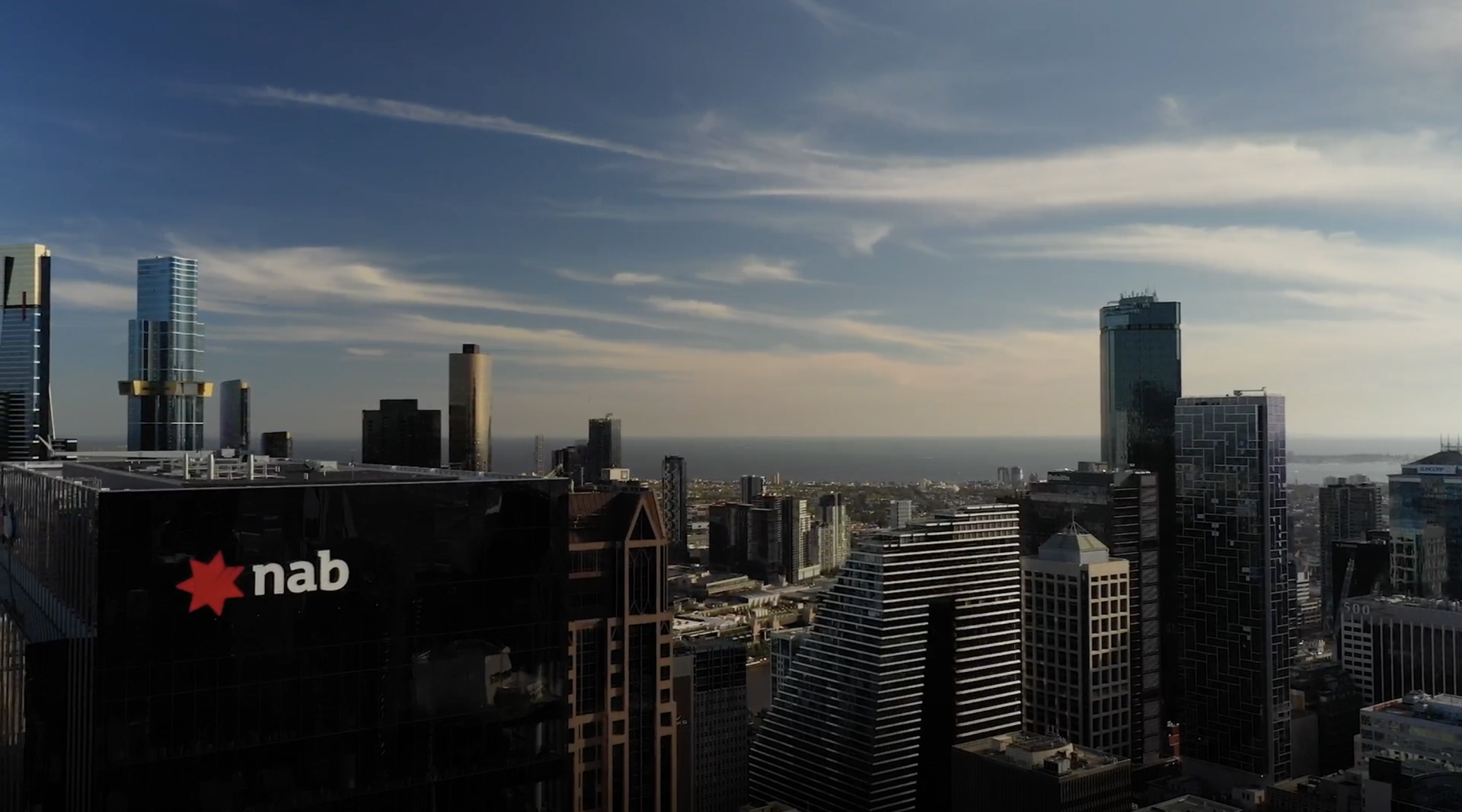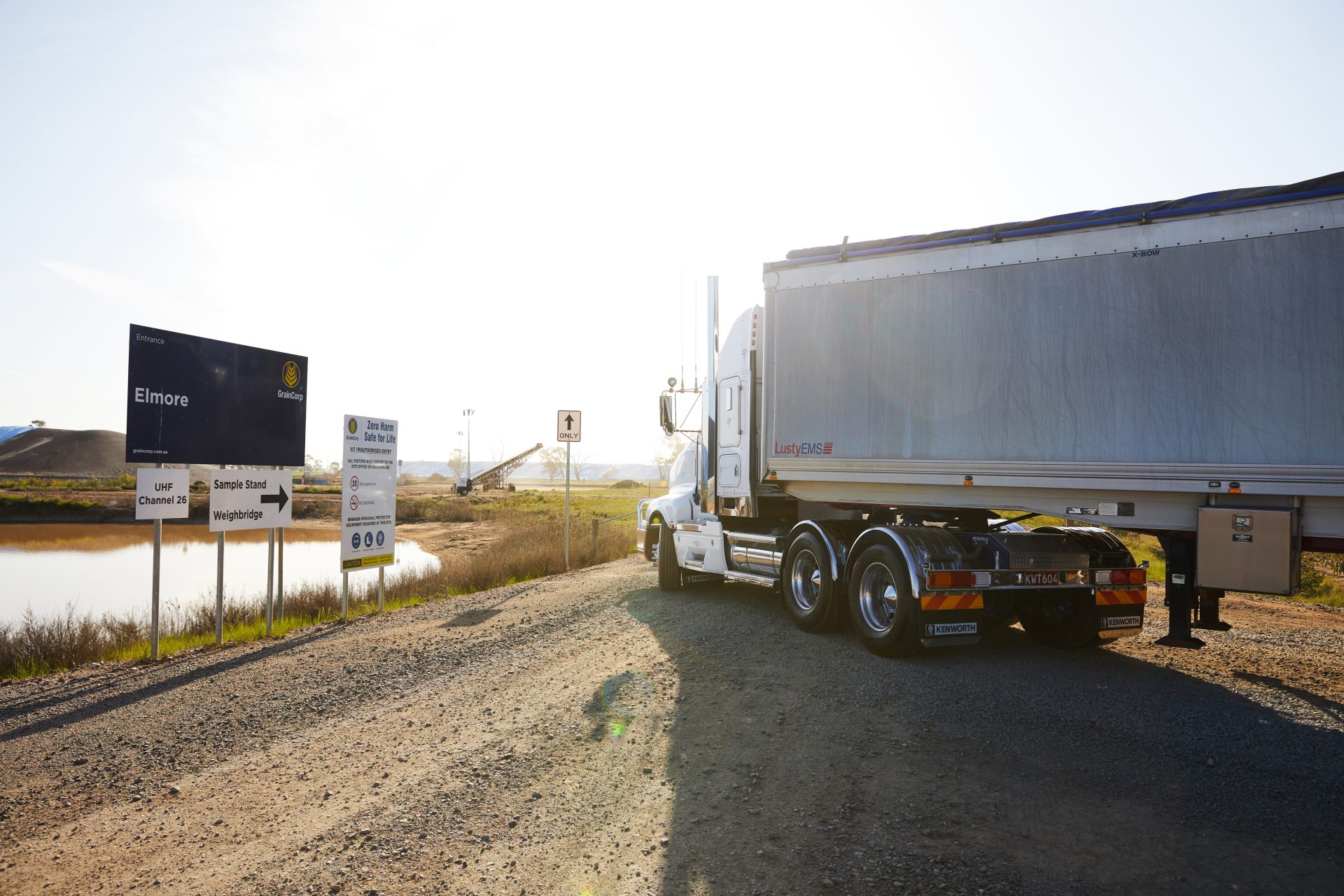NAB is taking further action to support customers and the community in an orderly and just transition aligned with the Paris Agreement goals.
As the only Australian bank to have signed the United Nations Environment Programme Finance Initiative’s Collective Commitment to Climate Action, NAB is working towards aligning its business operations and lending portfolio to achieve net zero carbon emissions by 2050.
In 2020, NAB estimated the Scope 3 greenhouse gas emissions attributable to its lending portfolio. This includes Australian lending to residential mortgages, commercial real estate (office and retail), agriculture, power generation and resources (including coal, oil and gas) sectors. This has helped NAB understand relative carbon intensity of key segments of its Australian lending portfolio and establish a baseline from which the bank can monitor alignment of its portfolio over time.
To extend this work, NAB commissioned ClimateWorks Australia to apply two modelled scenarios from their ‘Decarbonisation Futures’ report to the five selected segments of NAB’s Australian lending portfolio. They provide two decarbonisation pathways (‘1.5°C All-in’ and ‘2°C Innovate’) to achieve a net zero emissions 2050 lending portfolio, in alignment with the Paris Agreement. The two low carbon pathways illustrated by these scenarios represent aggregated emissions trajectories for the five segments included in the financed emissions estimate. In the 2°C scenario some sectors are expected to decarbonise faster than others. Scenarios show that a net zero economy following the 1.5°C scenario achieves net zero emissions 15 years faster than a trajectory which follows the 2°C pathway.
These sectoral pathways will be critical and provide useful insights, as NAB works closely with 100 of its largest greenhouse gas emitting customers to support them in developing or improving their low carbon transition plans by 2023.
In addition, providing an update on progress made towards NAB’s 2019 commitment to reduce thermal coal mining exposure by 50% by 2028, intended to effectively zero by 2035, apart from residual performance guarantees to rehabilitate existing coal assets, NAB has disclosed as part of its Full Year Results that it now expects the bank’s thermal coal mining exposure to reduce by 50% by 2026 (from FY2019 levels), and to be effectively zero by 2030.
NAB has also committed to a review of its oil and gas financing by September 2021.
Additionally, of what NAB lends to the power generation sector, 72 per cent is to renewable energy sources such as hydropower, wind and solar, moving from 48 per cent in September 2016. NAB is the number one Australian bank for global renewables transactions and 20th largest lender to the renewable energy industry in the world in FY2020[1].
NAB recognises that climate change is a significant risk and opportunity for the global economy and society. Financial regulators have also acknowledged climate change is a systemic financial risk which they are incorporating into supervisory frameworks.
In April 2020, NAB announced a new strategic ambition to serve customers well and help its communities prosper. A key component of “what we will be known for” is making decisions for the long-term to deliver sustainable outcomes for the bank’s stakeholders. NAB’s actions to address climate change are consistent with that ambition and commitment to sustainability. More detail is included in NAB’s 2020 Sustainability Report here.
[1] Rankings based on IJGlobal League Table, MLA, Renewables, Last 12 months ending 30 September 2020, Value of Deals.




